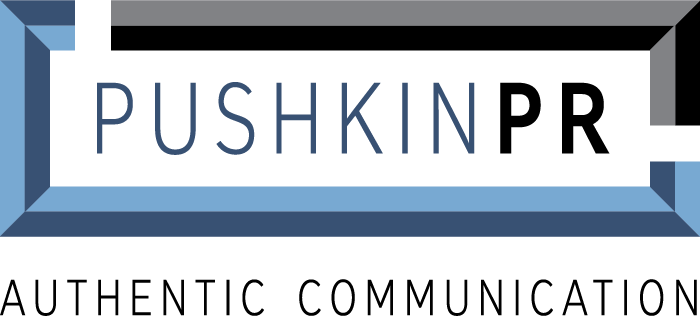
Healthcare communicators face enormous challenges in 2017 as the healthcare landscape continues to shift. As any Denver public relations professional can tell you, no other industry poses as many opportunities or as much uncertainty.
So how can healthcare organizations direct their communications strategies toward their most pressing needs? Some recent articles can help illuminate the most effective path forward.
Patient education
According to a new analysis of US healthcare spending published in JAMA, just 20 conditions make up more than half of all healthcare spending in the United States. The three most expensive ones are diabetes, heart disease, and low back and neck pain. Together, they cost more than $400 billion in 2013.
If the Affordable Care Act is repealed, how will hospitals absorb all the uninsured patients?
Healthcare organizations should think about how to educate target audiences and raise awareness about prevention, weight management, nutrition programs, and non-surgical options that can keep patients out of the hospital and help them avoid costly drug therapies. How can you position your organization as a thought leader who puts healthy communities before healthy profits?
Crisis communications
Under the ACA, Medicaid covered the cost of many patients seeking care at safety net hospitals. According to the New York Times, if the law is repealed 20 million people could lose their insurance, costing hospitals $165 billion through 2026.
Public hospitals serving the poor will face what hospital trade groups are calling “an unprecedented public health crisis.” These groups predict layoffs, cuts in outpatient care and services for the mentally ill, and even hospital closings. Healthcare organizations should be updating crisis plans and providing training to anticipate and prepare for these scenarios before they happen.
Cyber security
Speaking of crisis communications, an article in Health Data Management predicts that hospitals, long-term care facilities, ambulatory surgical centers, imaging centers, diagnostic labs, urology centers, physical therapists and physician practices are all at increased risk for cyber attacks.
Medical devices such as ventilators and dialysis machines are an easy target for data theft and malware. But hackers know that it’s easier to hold hospital data hostage than it is to steal and sell patient records, so hospitals will be especially vulnerable to ransomware in 2017. Healthcare communicators should be updating or drafting new crisis plans now to deal with these disasters not if, but when they happen.
Partnerships
Some hospitals are already beginning to innovate new approaches and partnerships to help them navigate the changing healthcare landscape. In Colorado, Vail Valley Medical Center and Mountain Family Health Center are partnering to provide medical and behavioral care to thousands of underserved Eagle County residents.
Vail Valley will help subsidize Mountain Family’s community health center in Edwards, and make sure that patients showing up at the hospital’s ER can receive the follow-up care they need. What a great story this will be for residents of rural Colorado communities.
Do you have positive stories to tell? Are you planning now to make sure you are prepared for the serious challenges facing healthcare organizations in 2017? Pushkin PR can help. Contact us now to schedule a call or meeting to help you get started down the right path.
